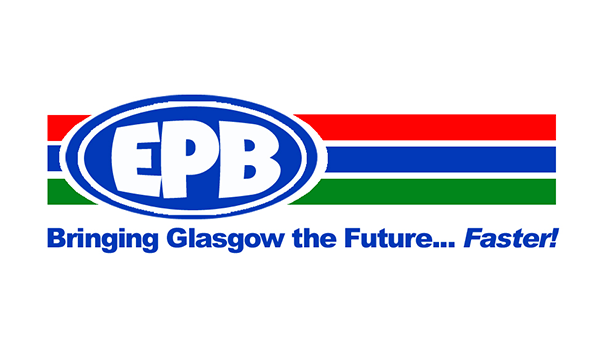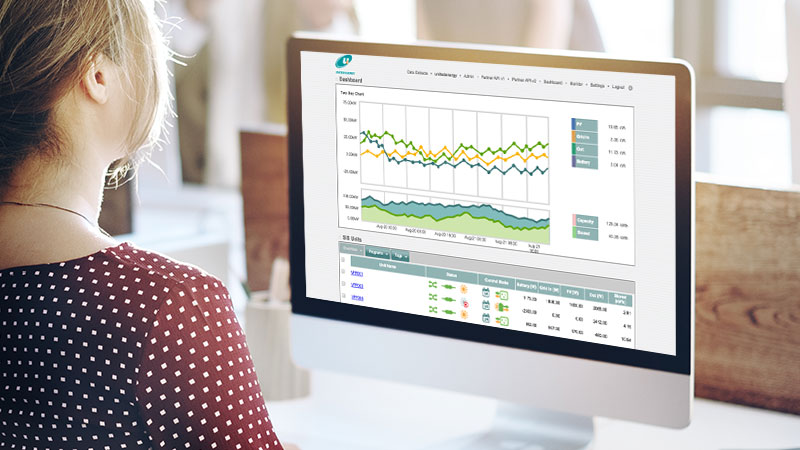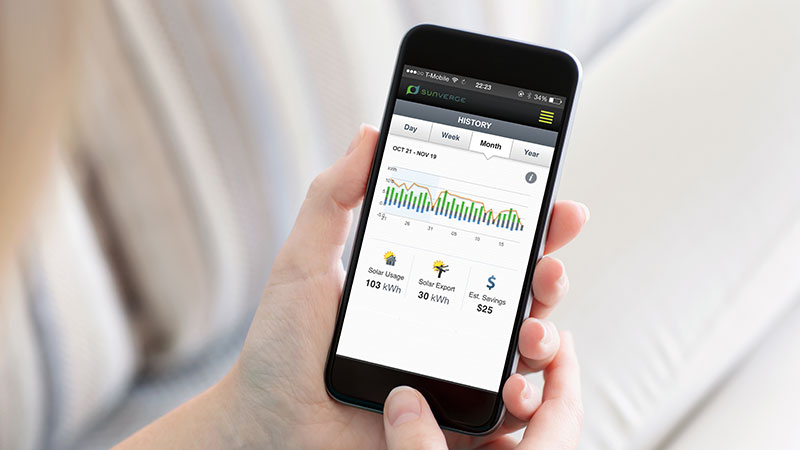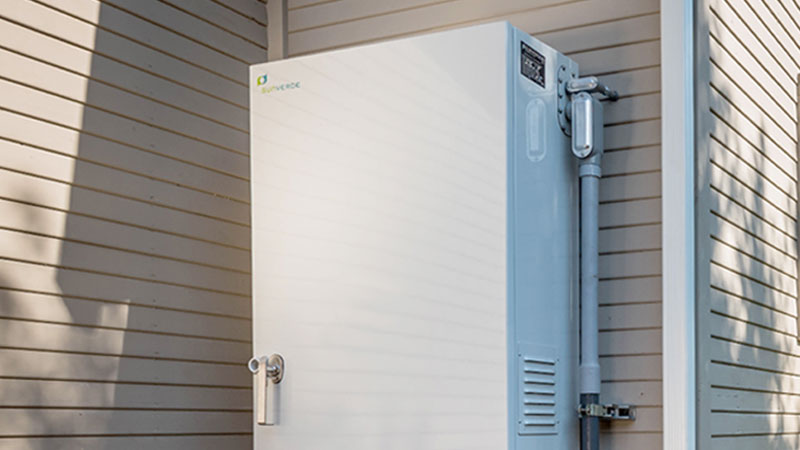One of the most significant reliability challenges utilities face is the growing frequency of grid outages. Not only are they becoming more frequent, they are lasting longer. A recent study conducted by Lawrence Berkeley National Laboratory and Stanford University reveals that the number of outages is growing by 1% a year, and the average duration is increasing 9% annually.
Severe weather is the most common culprit, but regardless of whether it’s a light ning strike or an aging transformer that fails, the goal of every utility is to become aware of outages as rapidly as possible and repair them with equal haste. Not only is this vital to maintaining customer satisfaction, but reliability issues hit directly at a utility’s bottom line and the larger economy. In fact, a White House study in 2013 concluded the average annual cost of grid outages, including everything from lost productivity to lower worker earnings, is between $18 billion and $33 billion.
ning strike or an aging transformer that fails, the goal of every utility is to become aware of outages as rapidly as possible and repair them with equal haste. Not only is this vital to maintaining customer satisfaction, but reliability issues hit directly at a utility’s bottom line and the larger economy. In fact, a White House study in 2013 concluded the average annual cost of grid outages, including everything from lost productivity to lower worker earnings, is between $18 billion and $33 billion.
It’s even worse in years with catastrophic events like a major hurricane, when the losses can approach $75 billion. What’s more, these costs are expected to rise as climate change increases the likelihood of severe weather. This is why utilities are forecast to spend $11.8 billion on Outage Management Systems globally between 2014 and 2023, according to Navigant Research.
Numbers like that make it imperative for utilities to become aware of an outage and pinpoint its location as close to real time as possible. Every minute saved is money in the bank, particularly in this age of punitive regulatory fines that can reach into the millions.
For many utilities, though, the lack of data presents a real problem in meeting that goal and avoiding customer and regulatory backlash. While they are able to get pretty much instant information on the status of power plants and transmission lines, when it comes to low-voltage distribution lines, transformers and the like, the data just aren’t there. Much of the time the information comes from calls to customer service or via social media.
Utilities facing this and other grid management issues are recognizing the need for more data and new ways of conducting data analysis. Already, smart meters provide utilities with a billion data points every day, and a new generation of smart meters will provide additional data that can be incorporated into more advanced analytics software for everything from billing to grid management.
Another important source of information for outage management is intelligent, customer-sited energy storage. These systems–which could number in the millions worldwide by 2020–allow individual homes and businesses to automatically provide, in essentially real time, the kind of outage management information most utilities just don’t have today.
An energy storage system must constantly monitor voltage levels and other information about the local grid, millisecond by millisecond, in order to determine when to switch to battery power from the grid. Depending on the manufacturer, these units are also permanently connected to an always-on Internet connection, either through a LAN (powered by the storage system in case of a grid outage), or via communication with a local cellular tower (which usually has its own backup power source). That means the system can detect a failure almost instantly, and in turn provide an external alert about the condition (in our case, the information is collected at our virtual NOC, allowing us to see each unit that has lost access to the grid, the precise time that happened, and which feeder lines are involved). This information can be made available to utilities at the same time if the software managing the storage units has links to SCADA and other utility management protocols.
With data from just a few storage units scattered around a neighborhood, this would provide a utility with enough data to narrow the outage location to one or two blocks. As more units are installed, ever more precise location information can be derived from this process, and potentially pinpoint the exact source of the problem almost immediately, instead of waiting for a truck roll to report back. As more units are installed, this data will become even more crucial to utilities. What’s more, storage systems that automatically switch to battery power mean the consumer might not even realize there’s a grid outage.
Customers value their electricity and its reliability on an order of magnitude larger than what they pay for it. Keeping them happy is critical in this age of energy choice. While utilities can’t control severe weather and the outages it creates, they can invest in technology that will reduce the time it takes to restore power – and customer satisfaction.
By Ken Munson, co-founder and CEO of Sunverge Energy







